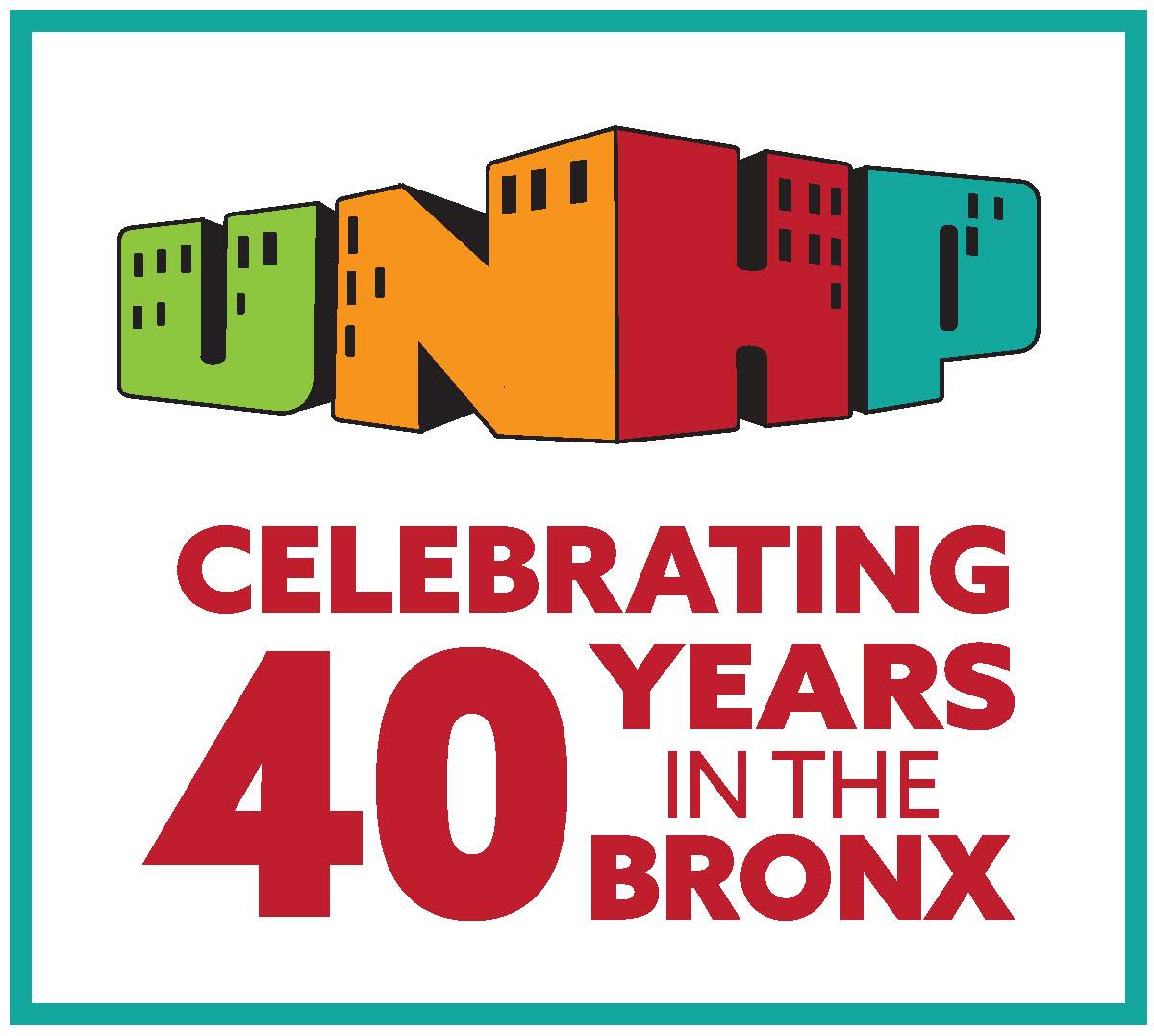Community Groups “Excel” at Manipulating Housing Data
Fourteen individuals from eleven NYC community groups joined UNHP and Research Specialist, Joseph Contreras in the Enterprise Heiskell Computer Lab at Refuge House on Friday, February 19th to brush up on Excel tips in order to better use the UNHP Building Indicator Project (BIP) data as part of their community-based housing, organizing and neighborhood work.
.jpg)
The workshop, led by UNHP Data Analyst VaNessa LaNier, offered hands-on training at the computers on the uses of the database in community work and understanding of the data available in the BIP, as well as Microsoft Excel tips, tools, and techniques to be able to better utilize the information in the BIP database.
.jpg)
Jim Buckley opened the workshop by showing an “old school” redlining flyer that was used in the northwest Bronx circa 1978. He explained that the BIP is just a new tool rooted in the community and tenant organizing work that has happened in low-income neighborhoods over the past few decades. With information on over 62,000 NYC multifamily buildings updated quarterly with 103 data characteristics for each multifamily building, the BIP provides what can be an overwhelming amount of information. The goal of the workshop was to provide skills to community groups to shape, manipulate and adapt this data to extract crucial information to support organizing work, programs and other neighborhood campaigns.
.jpg)
After VaNessa reviewed the data contained in the BIP database, Joseph Contreras demonstrated a variety of excel skills to manipulate the data, including pivot tables, data aggregation and data display options. Joseph led the group in using pivot tables to parse the data using unique criteria and create custom reports. Community groups also learned how logical statements in Excel can be used for comparative analysis. Logical statements are designed to examine specific data to determine if it is true or false. This function is helpful in increasing, limiting or aggregating data points.
.jpg)
VaNessa shared information about the new dashboard for the BIP and the participants broke into small groups to use the BIP and their new Excel skills to answer questions that arise in neighborhood work, such as how many distressed buildings are in my neighborhood, who holds the mortgage and who owns the building?
The UNHP Building Indicator Project (BIP) database is shared with 42 community groups, thanks to Section 4 support from Enterprise. Community groups shared with UNHP the particular ways they use the database:
- To track violations in community managed buildings
- To identify buildings for tenants’ rights information and community organizing within the zip codes that we work in
- Look at lender track records in term of distressed buildings
- To access borough-wide housing quality and trends over time
.jpg)
Feedback from the workshop was positive and participants felt they learned needed Excel skills to use the BIP database and other databases that will help inform their work.


